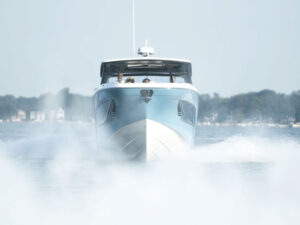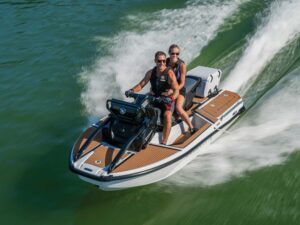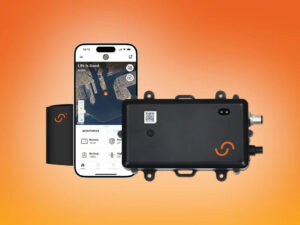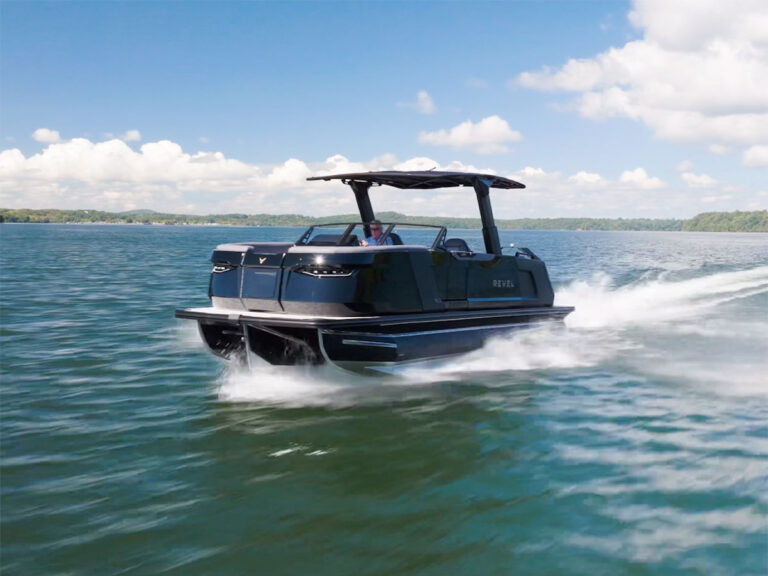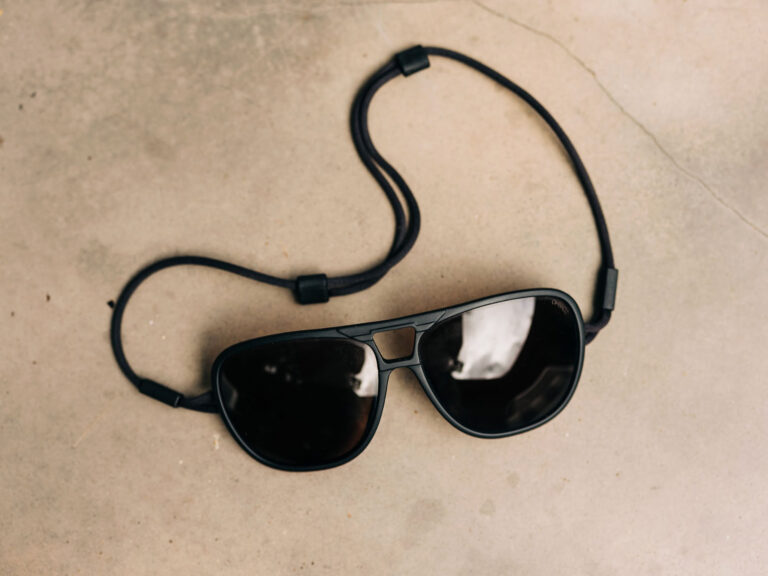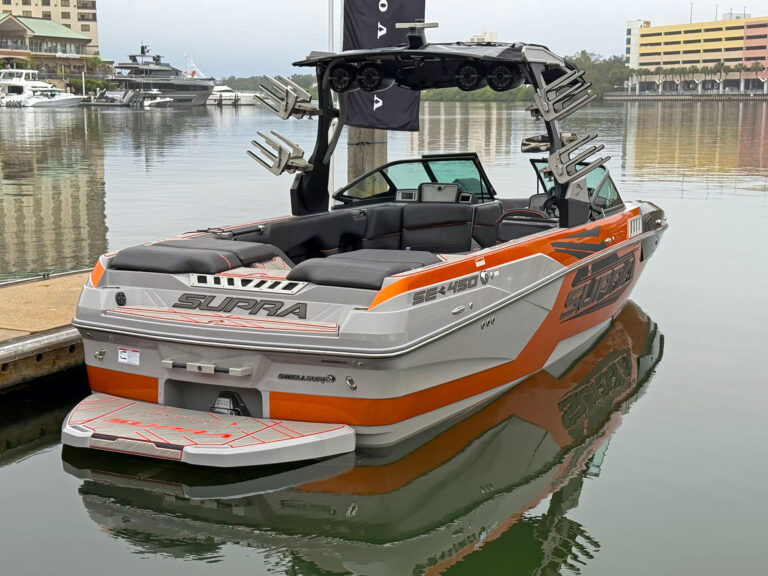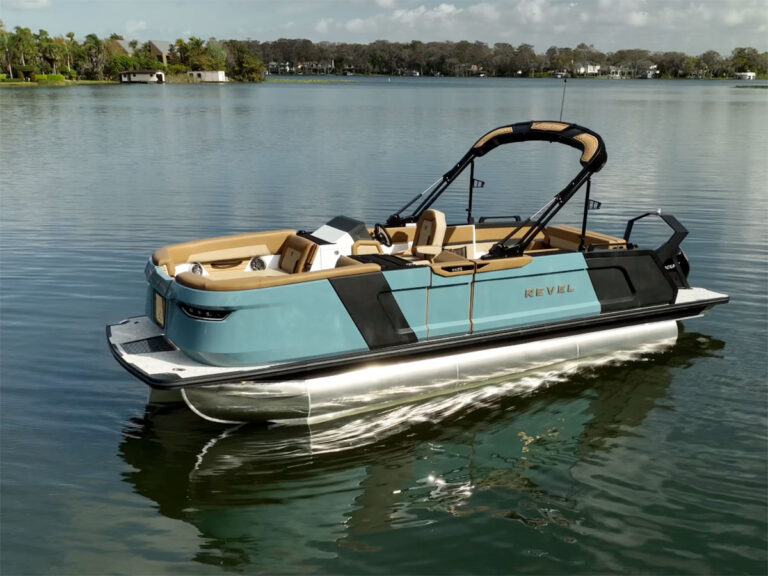
The ramp. The boat launch. The put-in. Heck, much of the info I’ll be sharing here applies even to the Travelift slip or dock for those who store their boats high and dry.
In all cases, the actual how-to-launch-the-boat process can cause anxiety in new boaters, and even in experienced boaters who don’t trailer their boats much. There is a short answer to solving the problem of stress and anxiety, or at least minimizing it. It is the best advice I can give on this topic: practice. Head to a ramp on a rainy day, midweek or off-season so there’s less people around. Or, head to a school or shopping center parking lot and set up buckets or cones and practice backing between them.
There’s more to learning how to launch your boat than just muscle memory and technique.
– TOW LIKE A PRO –
Safety Tip Provided by the U.S. Coast Guard
Remember to leave extra stopping room when trailering your boat. At the ramp, be considerate of others but take the time you need to launch and recover your boat safely. Always check tie-downs, safety chains, lights – and the drain plug.
There’s an etiquette and a bunch of best practices for using these facilities that experienced boaters know and usually abide by without thinking too much about them. For those who count themselves as members of this group, this article serves as a review.
For those of you who are new to trailer boating—according to the National Marine Manufacturers Association, as many as 500,000 of you have joined the ranks during the last year—consider the following three things as essential rules that will help all involved have a better day.
Loading
Arrive at the ramp loaded and ready to go. If there are coolers, wakeboards and fishing rods in your truck, or in the truck of your buddy who followed you to the ramp, pull aside in the lot and load up before actually backing down the ramp. Some boat launches have set aside “make ready” areas for just this purpose.
Coming in at day’s end, offloading something too heavy to climb out of the boat with, like a cooler full of fish, is OK to move onto the dock. Keep the rest of your gear in the boat until the boat is hauled and pulled aside and away from the ramp. Even if there is no line, that’s not a cue to dawdle. Minimize the time you actually spend on the ramp and dock.
– CHECK THE FIT –
Safety Tip Provided by the U.S. Coast Guard
Follow these guidelines to make sure your life jacket looks good, stays comfortable and works when you need it.
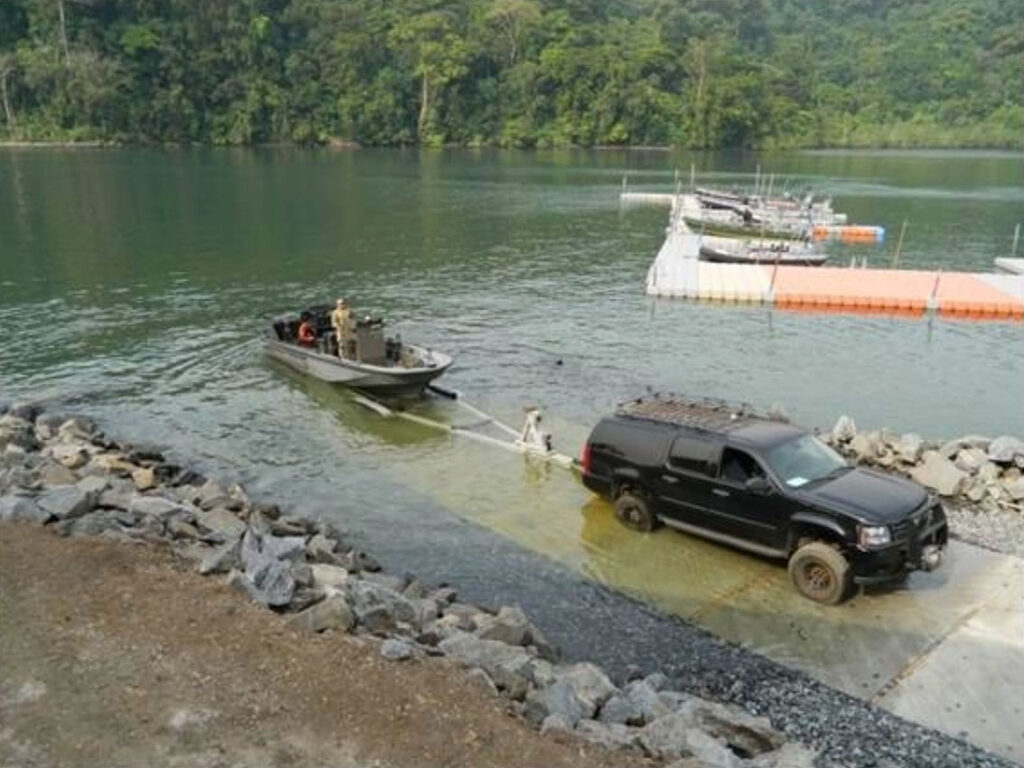
Backing In
Few of us are naturally born with an innate skill for accurately and quickly backing a trailered boat. Fewer still are great at it when novices and there is a Saturday morning crowd present. Practice at home—meaning during after-hours at the high-school or shopping-mall parking lot—and you will gain proficiency. And don’t try to force fit. Similarly, pressing on and hoping for the best will turn out badly. If you are having trouble, ask for help. Most boaters—I’m looking at you experienced girls and guys now; we’ve all been there at least once—will help you with encouragement and a guiding eye. Some may even offer to back your rig in for you if needed. Ask for help.
– INVEST TO IMPRESS –
Safety Tip Provided by the U.S. Coast Guard
A boating course is a great way to gain confidence and boat-handling skills. A little practice now will make it look easy when everyone is watching.
Making Ready
The time to find out that your engine stalls two minutes after starting, or won’t start at all, is while at home. That’s the same time and place you should determine whether your garboard drain plug is lost. Ditto for discovering that your ignition keys have been misplaced. Need to top off the tank with a gas can? Geez, really? Experienced boaters run through a pre-launch checklist at home, at the storage yard, or anywhere except after they arrive on scene at the boat launch.
It’s easy to gather that the goal of the three broad rules I’ve detailed is to express concern for the use of shared facilities such as boat ramps, which are more crowded now than ever. If you’re new to boating, I hope these concepts help you realize what is expected. If you are an old salt, give the newbies a break—and offer advice and a helping hand when you see them struggling.

